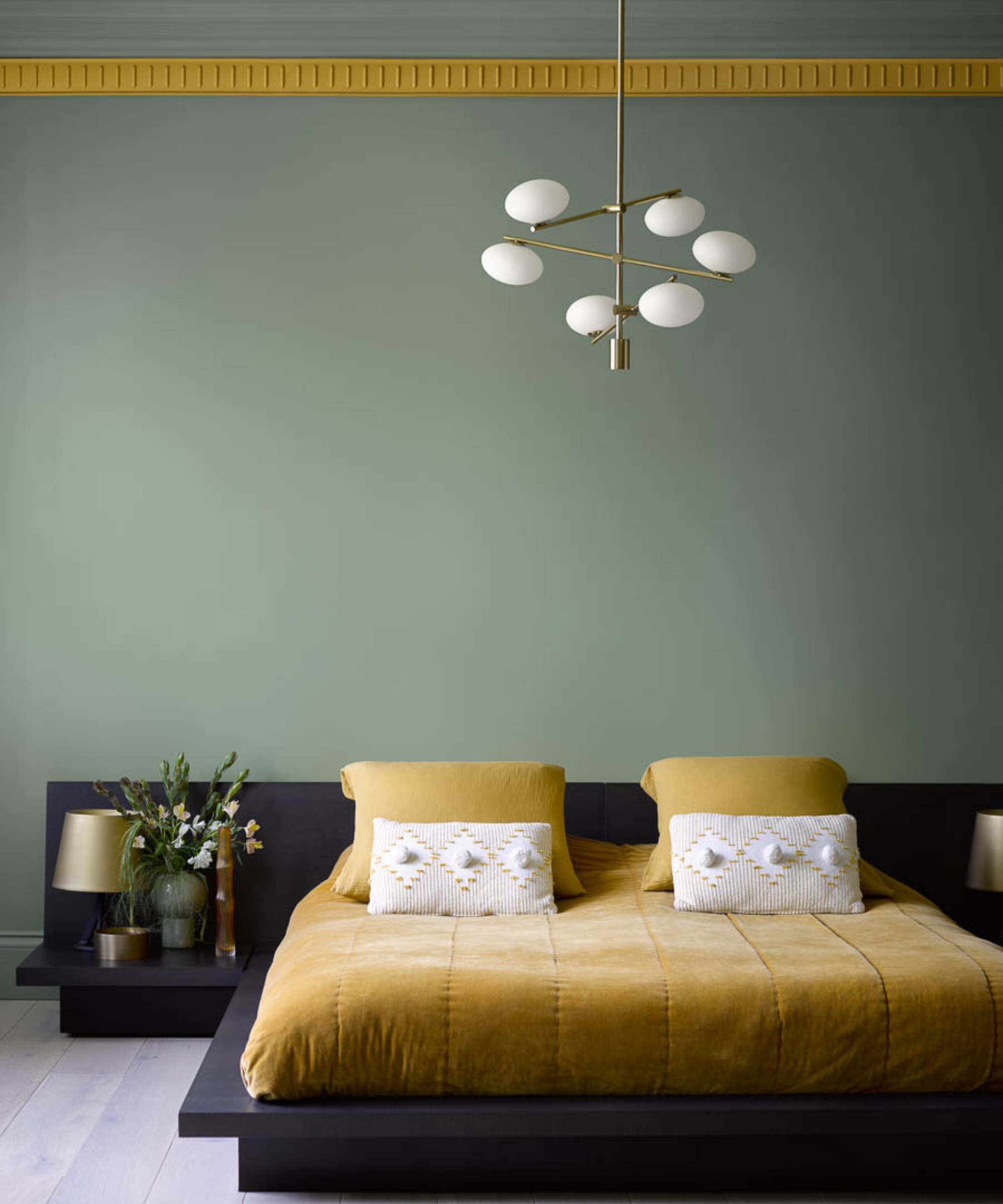
Should our paint trim match our walls, or should we experiment with varying hues? Reese Witherspoon has just made a case for the latter – and we'd be lying if we said we didn't want to achieve a similar effect.
The actress created a monochromatic contrast with her trim, painted in a dark blue tone, and her off-white wall hue – a juxtaposition that adds instant interest to her space. Reese's color pairing is timeless, but we can create a similar impact with black and white (another monochromatic combination that will stand the test of time). Or, we can also experiment with more vibrant shades for a playful twist on the conventional.
It's unsurprising, therefore, that Reese isn't the only figure who makes a case for matching our trim to our wall color. Michael Rolland, an expert from The Paint Shed, suggests that painting our trim is a powerful way to upgrade our space – and the process doesn't need to be as intricate as it looks.
Painting a room, or specifically the trim, can be refreshingly simple with the proper preparation.
'The first step to creating the perfect trim is properly preparing your area. Even when you're dealing with small amounts of paint, drips and spills can still happen. Taking the time at the start of your paint project to protect your floors and surfaces will prevent stains or a messy cleanup at the end,' Michael says.
Before painting, we should use a drop cloth (like this one on Amazon) to protect our surrounding area and use small amounts of masking tape for those hard-to-reach spots. 'Do so sparingly as taping can add extra time both in the application and clean up, particularly if it is not applied properly.'

Next, we should dab the tip of our brush into the paint and wipe off any excess paint onto the sides of the bucket.
'Push your brush onto the wall to make a curved sort of shape with the brush; remember this shape of the brush as this is what you'll need when it comes to cutting in,' Michael comments. We should start around one inch away from the area we are cutting in.
'Hold your brush horizontally to the floor with the tension of a pencil gripping. Take off any excess and then push down on your brush to create the shell shape and drag your brush up to your top line. Only the top few bristles on your brush should be touching the top line; this will help you keep control and stop you from going over the line.'

When tackling those trickier corners, Michael says we should use a downward stroke while we should use a sideways stroke for a ceiling or baseboard.
'Once this line is complete, turn your brush 90 degrees and go back to the beginning of your stroke. Using a long, even glide cut in a thinner line of paint that meets the trim or wall corner,' he comments. 'Take care to erase brush marks and even out the outer boundaries of the painted area. This will ensure a smooth, seamless finish.'
Michael's paint advice works with every paint pairing, but of course, we can't help but return to Reese for color inspiration. These hues are similar to the ones seen in her abode – and they come from a sustainable brand, in case we need any more convincing to follow suit.







